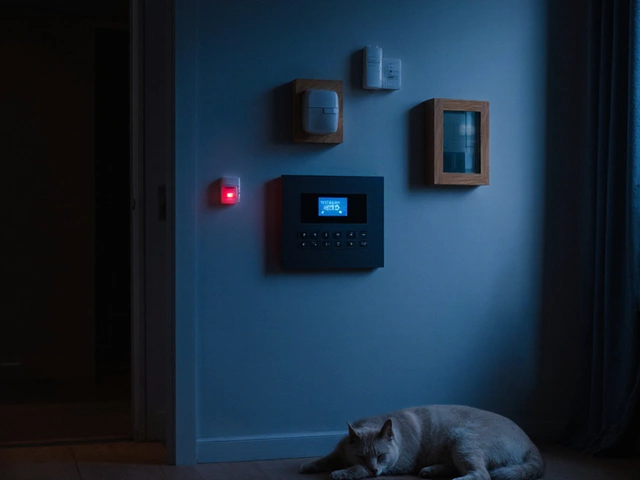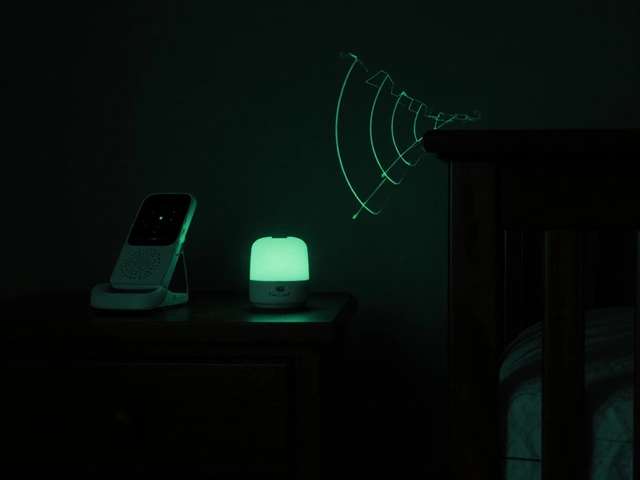Burglar Alarm Triggers & Simple Ways to Keep Burglars Out
Ever wondered why your alarm sometimes beeps for no reason? Or why some homes seem to attract thieves while others stay quiet? The answers are simpler than you think. Knowing what sets off a burglar alarm and how burglars think can save you time, money, and a lot of stress.
What Sets Off a Burglar Alarm?
Most alarm systems use three basic sensors: door/window contacts, motion detectors, and glass break sensors. When a door opens and the contact circuit breaks, the alarm registers a breach. Motion detectors fire when they sense movement in a defined zone, and glass break sensors react to the sound frequency of shattering glass. If any of these parts are mis‑aligned, have low batteries, or are placed too close to busy areas, they can trigger false alerts.
Another common culprit is pets. A cat jumping on a motion sensor or a dog chewing a door sensor will set the alarm off. The same goes for heavy rain or strong wind rattling a poorly mounted sensor. The key is proper placement: keep motion sensors away from windows, avoid pointing them at busy streets, and test door contacts after each installation.
Practical Steps to Deter Burglars
First, make your house look occupied. Turn lights on a timer, keep curtains drawn in the evening, and leave a radio or TV on low volume. Burglars tend to avoid homes that appear lived‑in because they risk being seen.
Second, upgrade your entry points. A solid‑core door, reinforced strike plate, and a deadbolt are cheap upgrades that make a huge difference. Adding a security film to windows also slows down a break‑in and triggers glass‑break sensors sooner.
Third, use smart video doorbells wisely. While they give you a live view of who’s at the door, they can also become a target if placed too low or if the video feed is not encrypted. Mount the doorbell at eye level, keep the wiring neat, and change default passwords. A visible doorbell can deter a thief, but only if it looks professional, not cheap.
Fourth, consider dual‑technology motion sensors. These combine PIR (infrared) and microwave detection, so a burglar has to beat both types of sensing. The downside is a higher price, but it slashes false alarms caused by sunlight or small animals.
Finally, maintain your system. Replace batteries every year, clean sensor lenses, and run a monthly test. Most providers, including Birmingham Security Command Center, offer a quick self‑test through their app – no need to call a technician every time.
In short, understand what makes your alarm go off, keep sensors clean and well placed, and add simple deterrents like lighting and smart doorbells. When you combine proper hardware with good habits, you’ll make your home a hard target and keep those false alerts to a minimum.




